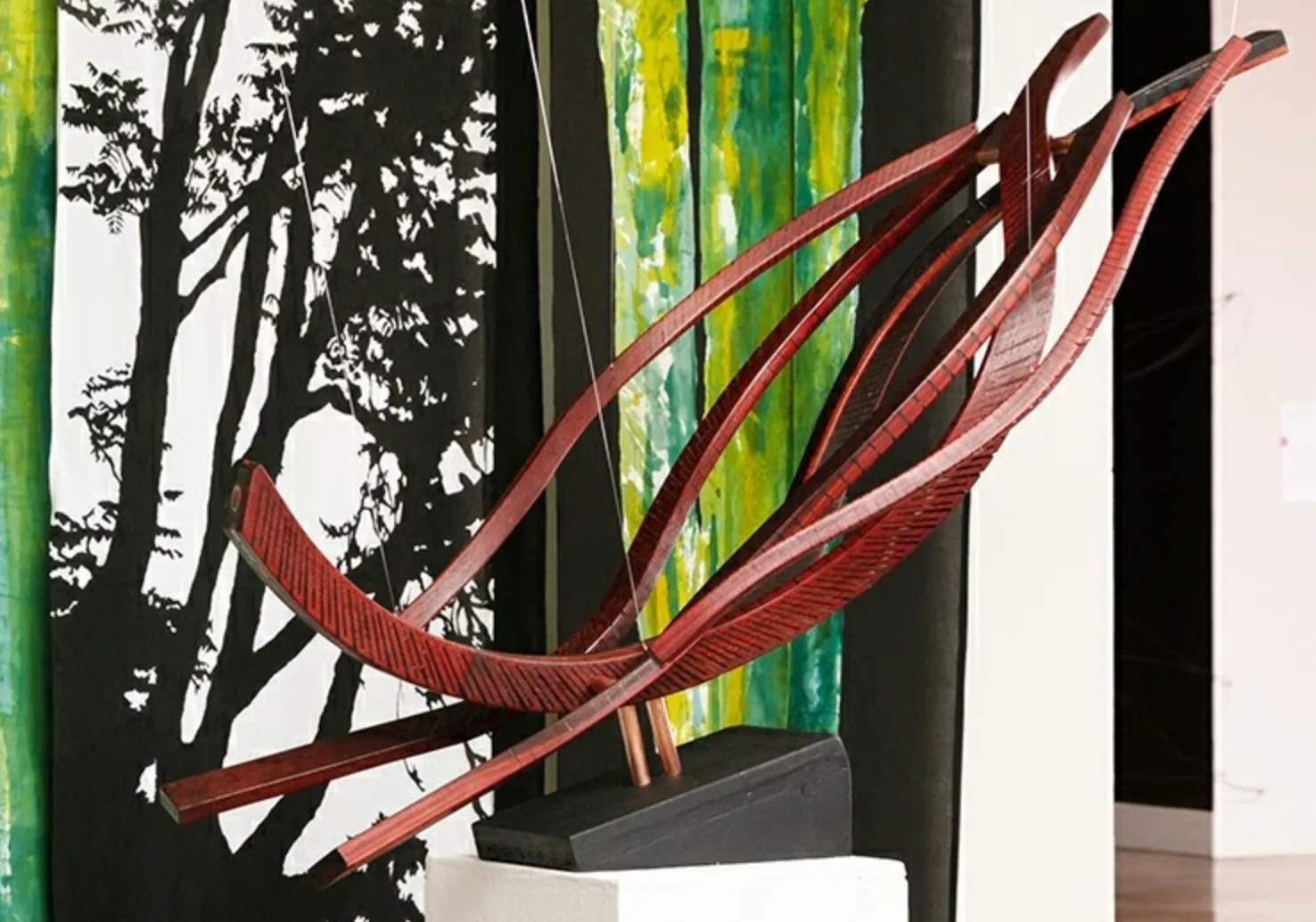New Grief: Stay True
In March of 2020, the country was forced into introversion at the onset of a worldwide pandemic. A “safer at home” mandate was put in place to save as many people as possible from the threat of a widespread infection, yet the result forced many people to face unsafe circumstances at home. We were forced to deal with our families, our personalities, our thoughts, our addictions. We were forced to see one another, vulnerable and scared, with no means of escape. For some of us, the world was safer than our homes. For many others, the world was never safe.
After 2 months of collective self-reflection, we found some semblance of unity in that we were all suffering together. Together. We were all at home and miserable in our own existence.
Then George Floyd was murdered…
and the country went into an uproar.
People protested, many who had never protested before. Brown people and white people stood alongside one another, supporting each other and supporting themselves. There was more collective suffering, a collective experience of trauma.
The word trauma, in fact, has an interesting history. According to the Ngram Viewer, usage of the word has spiked since the 1950s and 60s. What was happening in the 50s and 60s? Race riots. What was happening before? Racial inequality, racism and bias toward certain groups of people and the resistance thereof. So what is more traumatic today in 2020 than in 2019? I would say that 2020 brought new awareness — awareness of ourselves, of our inequities, and of our inability to mask our trauma with external stimulation. We have become aware of our own trauma, coupled with the new experience of the trauma of others.
For some, this trauma is not new…
and this grief is not new.
For some, this grief has been unsheathed, drawn from the stone of naiveté and thrust into collective consciousness. For others, it hangs at the hip, its blade constantly sharpened by layers of unacknowledged trauma, drawing blood at every step and leaving a trail of blood in its owner’s wake. Yet, we have all been walking on spilled blood whether we have been aware of it or not.
For those of you who are newly aware…
welcome.
Artists have expressed trauma for centuries. The concept of art, trauma and resistance is not new. The current moment, what I’ll call The Movement of 2020, is unlike any other movement, simply because the world was forced into a sort of collective time-out. Everything slowed, even the production of art. I, like many other artists, thrive in the kind of silence that was created: the buzzing energy of the world quelled with everyone inside their homes, the streets emptied, and we shared the echo of the night. The quiet energy was like an early winter morning, all sound buffered by a heavy blanket of snow. In the quiet, a new energy drove me to want to create, despite my own quarantine. I was fortunate enough to have a studio inside my home so I combined my own solitary sadness with the abundance of energy newly available to me and poured it into my art. I was miserable but I had to create. I had to, with every ounce of my soul and my being.

The same is not true for every artist, nor should that be the expectation, but somehow it was for me and for many. And as the race riots grew, fires burned, and Black blood continued to spill, more and more people created more art that expressed the rage that so many were experiencing. The self-taught, quiet rage that I bottled up into a nice little package so as not to appear as an angry Black woman no longer seemed acceptable. The call was for loud radical art, forceful and belligerent.
What do I do with myself if I am not belligerent? Am I still relevant to the cause? Does my work still reach an audience that expects boisterous and radical protest? No one came to me and requested or demanded that I change my style. No one told me that my art was no longer acceptable, that I should change or get trampled by the cause.
I am more angry today than before 2020:
traumatized by my personal struggles and the struggles of Black and brown culture;
traumatized by the ripping away of bandages placed and replaced over wounds that never heal, at the hands of white people who are newly aware of those wounds and want to poke and prod for their own understanding.

I am angry, and working in my studio quells that anger, twists it into shapes and forms, the likes of which people never expect. My work is abstract: it doesn’t contain literal narratives or reveal obvious rage. But it is relevant. I recognize that I do not have to change my voice in order to stay relevant. I need to stay true, as does every other artist who uses their voice at octaves most appropriate for them. I encourage any other artist who faces the same struggle: stay true to your voice and we will listen.
